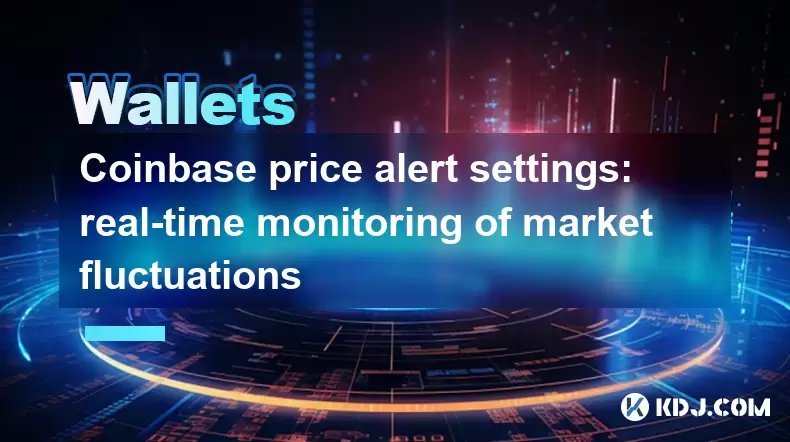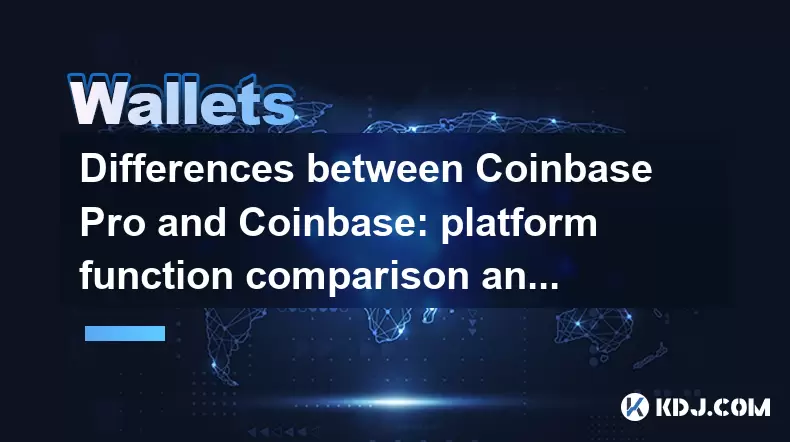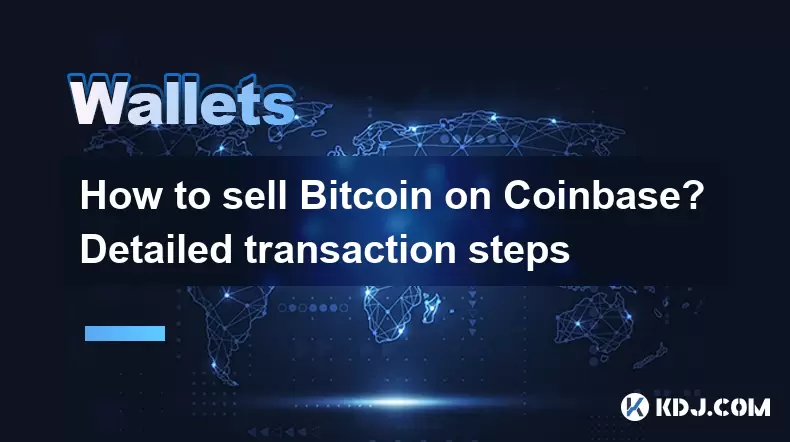-
 Bitcoin
Bitcoin $107,341.7259
0.15% -
 Ethereum
Ethereum $2,438.6204
0.70% -
 Tether USDt
Tether USDt $1.0003
-0.02% -
 XRP
XRP $2.1866
1.94% -
 BNB
BNB $649.0952
0.36% -
 Solana
Solana $150.9602
5.63% -
 USDC
USDC $0.9999
0.00% -
 TRON
TRON $0.2742
0.40% -
 Dogecoin
Dogecoin $0.1645
1.93% -
 Cardano
Cardano $0.5669
1.18% -
 Hyperliquid
Hyperliquid $37.8286
4.19% -
 Bitcoin Cash
Bitcoin Cash $491.4669
-2.74% -
 Sui
Sui $2.8150
3.06% -
 Chainlink
Chainlink $13.4184
2.91% -
 UNUS SED LEO
UNUS SED LEO $9.0809
0.27% -
 Avalanche
Avalanche $18.0295
2.60% -
 Stellar
Stellar $0.2396
1.19% -
 Toncoin
Toncoin $2.8587
0.13% -
 Shiba Inu
Shiba Inu $0.0...01160
2.59% -
 Litecoin
Litecoin $86.4192
1.45% -
 Hedera
Hedera $0.1486
1.19% -
 Monero
Monero $308.4324
0.87% -
 Polkadot
Polkadot $3.4202
1.43% -
 Bitget Token
Bitget Token $4.6436
-0.34% -
 Dai
Dai $0.9998
-0.02% -
 Ethena USDe
Ethena USDe $1.0002
0.00% -
 Uniswap
Uniswap $7.1527
3.29% -
 Pi
Pi $0.5357
-8.45% -
 Pepe
Pepe $0.0...09588
4.61% -
 Aave
Aave $259.9759
0.81%
How to hide the SHIB wallet address? Privacy protection method
To enhance SHIB wallet privacy, use a new address for each transaction, leverage privacy-focused wallets, utilize coin mixing services, implement stealth addresses, and trade on DEXs.
May 14, 2025 at 03:21 pm

Introduction to SHIB Wallet Address Privacy
The Shiba Inu (SHIB) cryptocurrency has gained significant popularity in recent years, and with it, the need for privacy and security has become increasingly important. One of the key concerns for SHIB holders is the visibility of their wallet addresses, which can potentially expose their transactions and holdings to the public. In this article, we will explore various methods to hide your SHIB wallet address and protect your privacy within the cryptocurrency circle.
Using a New Wallet Address for Each Transaction
One of the most effective ways to maintain privacy with your SHIB wallet is to use a new address for each transaction. This method, known as address rotation, makes it difficult for others to track your entire transaction history.
- Open your SHIB wallet application or software.
- Navigate to the section where you can generate a new receiving address.
- Generate a new address for each transaction you intend to make.
- Use this new address to receive SHIB, and avoid reusing addresses.
By consistently using new addresses, you can significantly reduce the risk of your transactions being linked together, thereby enhancing your privacy.
Leveraging Privacy-Focused Wallets
Another approach to hiding your SHIB wallet address is to use privacy-focused wallets that are designed to protect user anonymity. These wallets often incorporate advanced features such as coin mixing and stealth addresses.
- Research and choose a reputable privacy-focused wallet that supports SHIB.
- Download and install the wallet on your device.
- Set up the wallet following the provided instructions, ensuring to enable any privacy features.
- Transfer your SHIB to this new wallet using a new address generated by the privacy wallet.
Popular options include wallets like Wasabi Wallet and Samourai Wallet, which offer robust privacy features that can help conceal your SHIB wallet address and transactions.
Utilizing Coin Mixing Services
Coin mixing, also known as coin tumbling, is a technique used to enhance the privacy of cryptocurrency transactions. By mixing your SHIB with other users' coins, it becomes challenging to trace the origin of the funds.
- Find a reputable coin mixing service that supports SHIB.
- Follow the service's instructions to deposit your SHIB into the mixer.
- Specify the destination address where you want to receive the mixed SHIB.
- Wait for the mixing process to complete, and receive your SHIB at the new, untraceable address.
Using a coin mixing service can effectively break the link between your original SHIB wallet address and the new address, enhancing your privacy.
Implementing Stealth Addresses
Stealth addresses are a cryptographic technique that allows you to receive SHIB without revealing your actual wallet address. When using stealth addresses, the sender generates a one-time address for each transaction, which is derived from your public key.
- Check if your SHIB wallet supports stealth addresses.
- If supported, enable the stealth address feature in your wallet settings.
- Share your stealth address with the sender, who will use it to send SHIB to you.
- The transaction will appear on the blockchain, but your actual wallet address remains hidden.
By using stealth addresses, you can receive SHIB without exposing your primary wallet address, thus maintaining a higher level of privacy.
Employing Decentralized Exchanges (DEXs)
Decentralized exchanges (DEXs) offer another layer of privacy for SHIB holders. By trading on a DEX, you can swap your SHIB for other cryptocurrencies without needing to provide personal information or link your wallet to a centralized platform.
- Choose a reputable DEX that supports SHIB trading.
- Connect your SHIB wallet to the DEX.
- Trade your SHIB for another cryptocurrency on the DEX, using a new wallet address for the transaction.
- Withdraw the new cryptocurrency to a different wallet address, further distancing your SHIB from your original wallet.
Using DEXs can help you maintain privacy by avoiding centralized platforms that may require KYC (Know Your Customer) verification and potentially expose your wallet address.
Frequently Asked Questions
Q: Can I use a VPN to enhance my SHIB wallet privacy?
A: While a VPN can help protect your internet connection and mask your IP address, it does not directly hide your SHIB wallet address. However, using a VPN in conjunction with the methods mentioned above can add an extra layer of privacy and security to your cryptocurrency activities.
Q: Is it safe to use coin mixing services for SHIB?
A: The safety of coin mixing services depends on the reputation and security measures of the service provider. It's essential to research and choose a trusted service to minimize risks. Always ensure that the service supports SHIB and has a good track record of protecting user privacy.
Q: Can I hide my SHIB wallet address on centralized exchanges?
A: Centralized exchanges typically require you to provide your wallet address for deposits and withdrawals, making it challenging to hide your address on these platforms. However, you can enhance your privacy by using a new address for each transaction and withdrawing your SHIB to a privacy-focused wallet.
Q: Are there any risks associated with using stealth addresses for SHIB?
A: While stealth addresses can enhance your privacy, they may not be supported by all SHIB wallets. Additionally, if the sender does not correctly use the stealth address, the transaction may fail or be delayed. Always ensure that both parties understand how to use stealth addresses properly to avoid any issues.
Disclaimer:info@kdj.com
The information provided is not trading advice. kdj.com does not assume any responsibility for any investments made based on the information provided in this article. Cryptocurrencies are highly volatile and it is highly recommended that you invest with caution after thorough research!
If you believe that the content used on this website infringes your copyright, please contact us immediately (info@kdj.com) and we will delete it promptly.
- XRP, Ripple, and Bitcoin: Decoding the Latest Crypto Moves
- 2025-06-29 08:30:13
- NBA Legend Scottie Pippen's Crypto Picks: SHIB and XRP in the Spotlight
- 2025-06-29 08:50:12
- Bitcoin, US Strategy, and Cryptocurrency Regulation: Navigating the Digital Frontier
- 2025-06-29 09:10:13
- Chainlink's $17 Breakout: Bullish Momentum Fueled by Mastercard Partnership
- 2025-06-29 08:30:13
- Crypto Launches Q3 2025: Top Picks to Watch
- 2025-06-29 09:10:13
- BTC Bull Token: Riding Bitcoin's Bull Run to Crypto Glory
- 2025-06-29 09:30:11
Related knowledge

Coinbase price alert settings: real-time monitoring of market fluctuations
Jun 29,2025 at 07:00am
Setting Up Coinbase Price AlertsTo begin real-time monitoring of market fluctuations on Coinbase, users can utilize the built-in price alert feature. This function allows you to receive notifications when a cryptocurrency reaches a specific price point. To access this setting, open the Coinbase app or log in via the web platform. Navigate to the 'Prices...

How to stake cryptocurrencies on Coinbase? Benefits and risks
Jun 27,2025 at 06:36pm
Understanding Cryptocurrency Staking on CoinbaseStaking cryptocurrencies involves locking up digital assets to support the operations of a blockchain network, typically in return for rewards. Coinbase, one of the most popular cryptocurrency exchanges globally, offers staking services for several proof-of-stake (PoS) coins. Users can stake their holdings...

Differences between Coinbase Pro and Coinbase: platform function comparison and analysis
Jun 29,2025 at 08:21am
Overview of Coinbase and Coinbase ProWhen exploring the cryptocurrency trading landscape, users often encounter two platforms under the same parent company: Coinbase and Coinbase Pro. While both are operated by the same organization, they cater to different types of users and offer varying features. Coinbase is primarily designed for beginners and casua...

How to contact Coinbase customer service? Support channels and response times
Jun 28,2025 at 01:29pm
Contacting Coinbase Customer Service: Support Channels and Response TimesIf you're a user of Coinbase, reaching their customer service team may become necessary for various reasons, such as account verification issues, transaction disputes, or technical difficulties. Understanding the different support channels available and what to expect in terms of r...

Coinbase advanced trading function usage tutorial: limit orders and market orders
Jun 28,2025 at 09:07pm
Understanding the Difference Between Limit Orders and Market OrdersWhen using Coinbase's advanced trading features, it is crucial to understand the fundamental difference between limit orders and market orders. A market order executes immediately at the best available price on the market. This type of order ensures that your trade goes through quickly, ...

How to sell Bitcoin on Coinbase? Detailed transaction steps
Jun 29,2025 at 04:22am
Setting Up Your Coinbase Account for TransactionsBefore you can sell Bitcoin on Coinbase, you must ensure your account is fully set up and verified. Coinbase requires identity verification to comply with regulatory standards. This process involves uploading a government-issued ID, confirming your address, and sometimes submitting a selfie holding the ID...

Coinbase price alert settings: real-time monitoring of market fluctuations
Jun 29,2025 at 07:00am
Setting Up Coinbase Price AlertsTo begin real-time monitoring of market fluctuations on Coinbase, users can utilize the built-in price alert feature. This function allows you to receive notifications when a cryptocurrency reaches a specific price point. To access this setting, open the Coinbase app or log in via the web platform. Navigate to the 'Prices...

How to stake cryptocurrencies on Coinbase? Benefits and risks
Jun 27,2025 at 06:36pm
Understanding Cryptocurrency Staking on CoinbaseStaking cryptocurrencies involves locking up digital assets to support the operations of a blockchain network, typically in return for rewards. Coinbase, one of the most popular cryptocurrency exchanges globally, offers staking services for several proof-of-stake (PoS) coins. Users can stake their holdings...

Differences between Coinbase Pro and Coinbase: platform function comparison and analysis
Jun 29,2025 at 08:21am
Overview of Coinbase and Coinbase ProWhen exploring the cryptocurrency trading landscape, users often encounter two platforms under the same parent company: Coinbase and Coinbase Pro. While both are operated by the same organization, they cater to different types of users and offer varying features. Coinbase is primarily designed for beginners and casua...

How to contact Coinbase customer service? Support channels and response times
Jun 28,2025 at 01:29pm
Contacting Coinbase Customer Service: Support Channels and Response TimesIf you're a user of Coinbase, reaching their customer service team may become necessary for various reasons, such as account verification issues, transaction disputes, or technical difficulties. Understanding the different support channels available and what to expect in terms of r...

Coinbase advanced trading function usage tutorial: limit orders and market orders
Jun 28,2025 at 09:07pm
Understanding the Difference Between Limit Orders and Market OrdersWhen using Coinbase's advanced trading features, it is crucial to understand the fundamental difference between limit orders and market orders. A market order executes immediately at the best available price on the market. This type of order ensures that your trade goes through quickly, ...

How to sell Bitcoin on Coinbase? Detailed transaction steps
Jun 29,2025 at 04:22am
Setting Up Your Coinbase Account for TransactionsBefore you can sell Bitcoin on Coinbase, you must ensure your account is fully set up and verified. Coinbase requires identity verification to comply with regulatory standards. This process involves uploading a government-issued ID, confirming your address, and sometimes submitting a selfie holding the ID...
See all articles

























































































